What’s a piece of art worth? I’m not talking aesthetically, historically, emotionally, or philosophically, but in good ol’ dollars and cents, in filthy, dirty lucre? An artist (or dealer) can put any price they want on a work, but if there are no buyers is it really “worth” what they’re asking?
Realistically…nope—at least not to anyone other than the owner. “Priceless” can be a description with multiple meanings, I guess.
I was once talking to an art dealer about a piece I was interested in and, after the typical if-you-have-to-ask-you-can’t-afford-it smirky dance (which I find damned annoying and off-putting), he finally quoted a price. My reply was, “I can buy a really nice car for that.”
“Oh, Arnie,” the dealer said, “a car just takes you to work and back: this art takes you to another world! I’ve never looked at anything hanging on my walls and thought it was too expensive.”
My answer? “That’s only because you’ve never bought any of it for even a fraction of the amount you’re trying to sell it for.” Needless to say, the sale was not consummated.
As Android Jones said in a recent interview, the financial value of a work of art is what someone is actually willing to pay for it. Until money changes hands, everything else is a supposition or, perhaps, an aspiration.
The marketplace ultimately decides and it’s nearly impossible to predict how it reacts at any given time to what or to whom. Quality or an artist’s skill set are rarely as important as any number of other—often inexplicable—factors; great works can languish while buzzed-about crud can have buyers lined up waving their black Centurion Cards.
In recent years I’ve heard of some genre artists pulling in healthy four-and-five-figure sums for commissions from sf/fantasy collectors, amounts far in excess of what their best-known works sell for at auction or via the secondary market. The artists are happy to get it and the collectors are happy to pay it so good for everyone all the way around. Are the fees sustainable, a “new norm” for them? It’s doubtful. Popularity has a shelf-life, and that includes popularity for artists and their work. Barring some miracle it is highly unlikely the real marketplace, far less influenced by passion or nostalgia, will pay anywhere near the same prices when the works eventually are offered for sale (we’re all just curators of the art on our walls after all), but that’s the nature of the collecting beast. Styles and subject matter go in and out of favor. Different generations have different favorites, interests, and influences.
Whenever I talk art & money here on MC it almost inevitably will illicit a few grumpy responses, but the simple fact is that part of being a professional artist (as opposed to being a hopeful or a hobbyist) is making your art provide you with an income you can live on. Fees for commercial work are generally determined by the type of project and the art budget the client has to work with; they’re pretty cut-and-dried. But when it comes to selling physical artworks, how does an artist set a price for an original?
There are various ways to do it, a number of reasons, justifications, and formulas. Some make sense, others I’m not so sure about. But rather than try to explain them myself (or clumsily paraphrase the words of others), I’d like to steer artists to several informative articles at the ArtBusiness website. The first, “Quantifying Creativity,” opens directly:
“Pricing your art is different from making art; it’s something you do with your art after it’s made, when it’s ready to leave your studio and get sold either by you personally or through a gallery, at an art fair, online, at open studios, through an agent or representative, wherever. Making art is about the individual personal creative process, experiences that come from within; pricing art for sale is about what’s happening on the outside, in the real world where things are bought and sold for money, and where market forces dictate in large part how much those things are worth.”
The second, “Price Your Art Realistically,” is another no-nonsense piece:
“In order to price your art realistically, you need a basic understanding of how the art business works and how collectors shop and buy. You also have to step back and objectively evaluate the significance and quality of your art in relation to the vast quantity and variety of art that’s on display and available for sale both online and at galleries. Being able to assess your art world accomplishments and get a sense of how you’re positioned in comparison to other artists is an essential part of this process. These can be difficult tasks for some artists and not necessarily pleasant, but they’re definitely necessary if you expect to make a go of it as an artist and start selling your art.”
Naturally nothing is carved in stone and there are exceptions and variables to everything; as I’ve often said, there are no absolutes in the art world. But there are some honest, common-sense suggestions in these articles and they’re good places to start.
Though I’ve shared some samples of some high-priced art sales in this post, they’re only rare blue-moon occurrences and should not be seen as some wacky yardstick for your own sales expectations. The vast majority of original artworks sell for under a hundred to (for some) several thousand dollars, depending on the artist, the subject, and the circumstances—when they sell at all. Regardless of the artist, regardless of popularity or fame, not every work has a buyer, not everything created sells.
Which is why it’s important to understand the marketplace, recognize what your position is in it, and price your work accordingly. Prices can always go up with success; having to reduce prices when no one bites can send a negative message to buyers and unintentionally make future sales even harder.


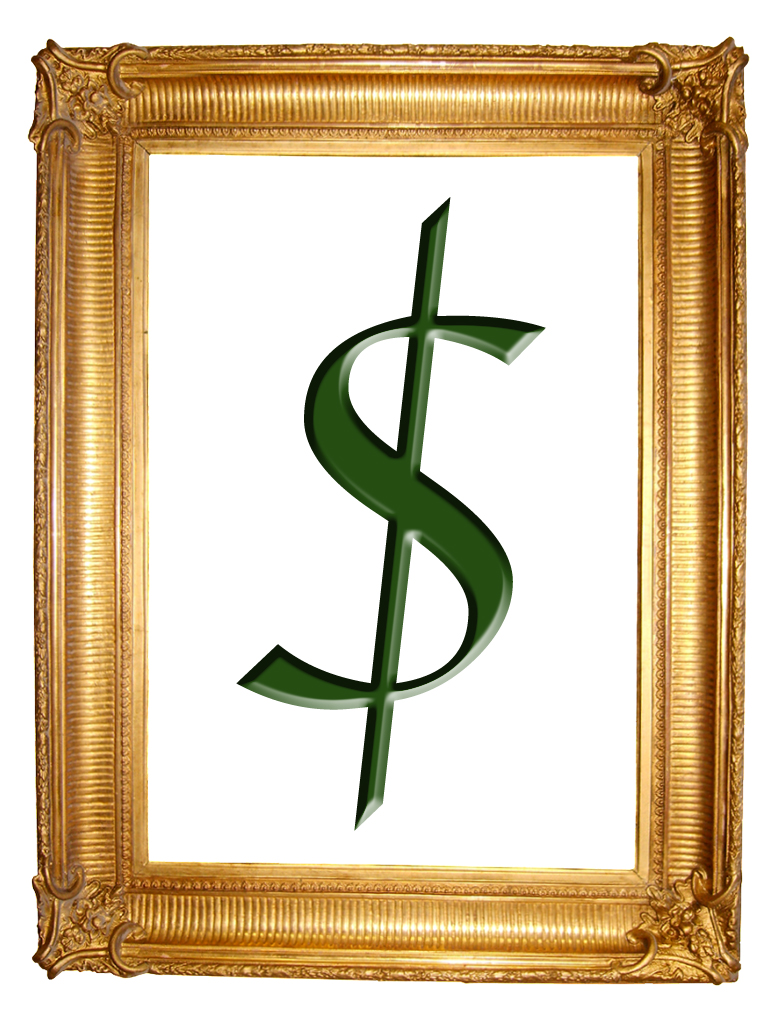
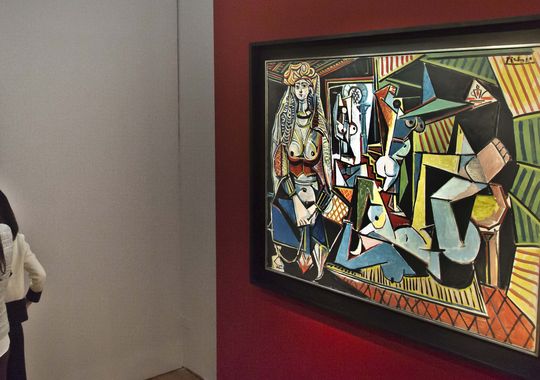
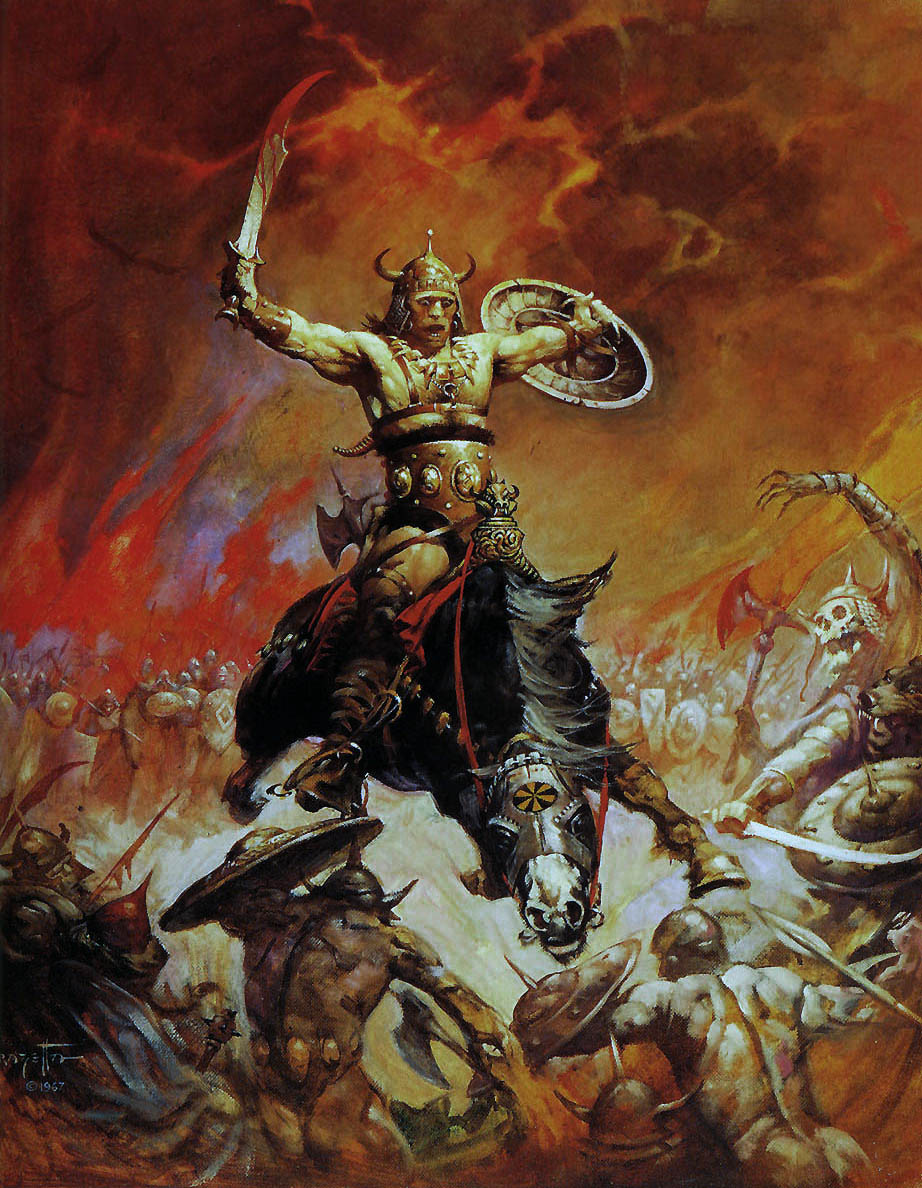
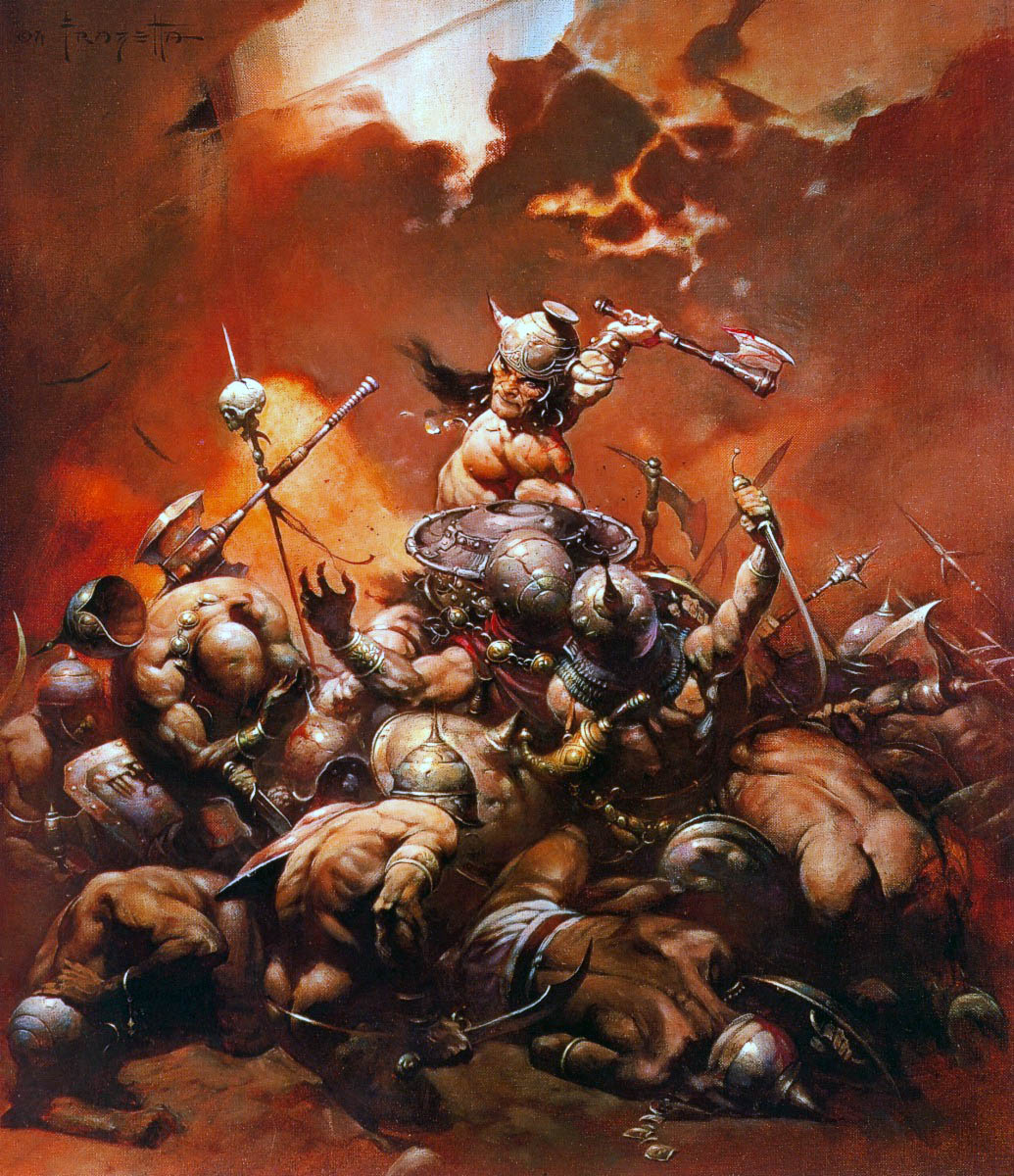

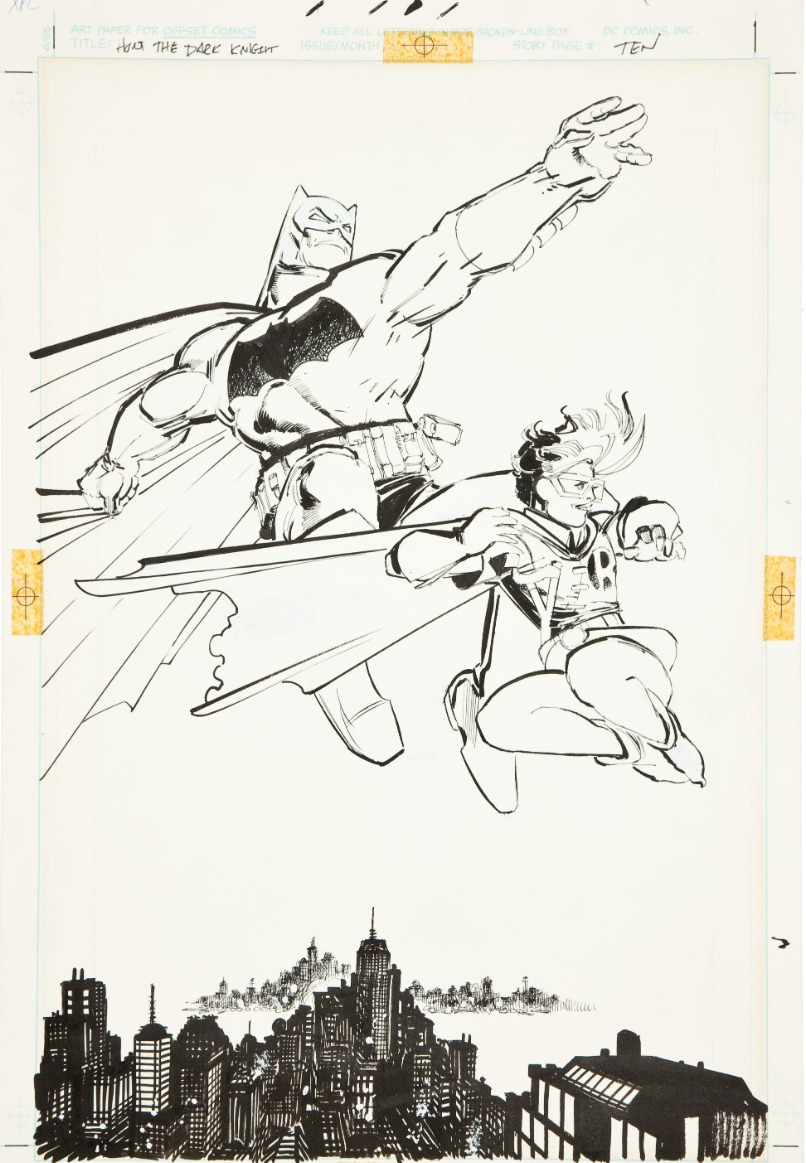
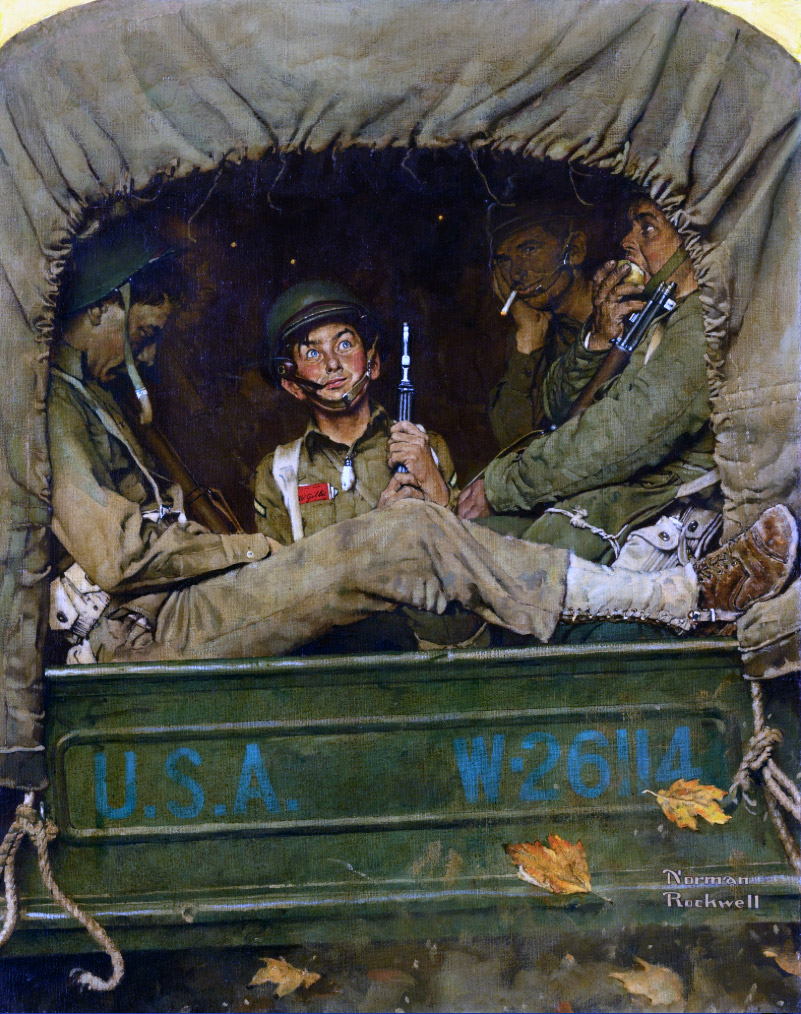
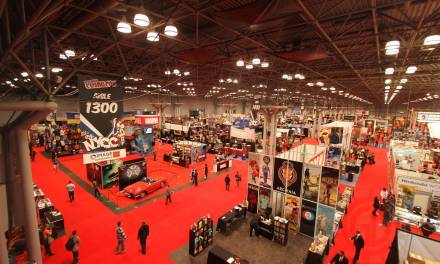
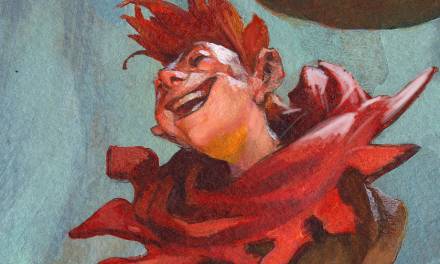

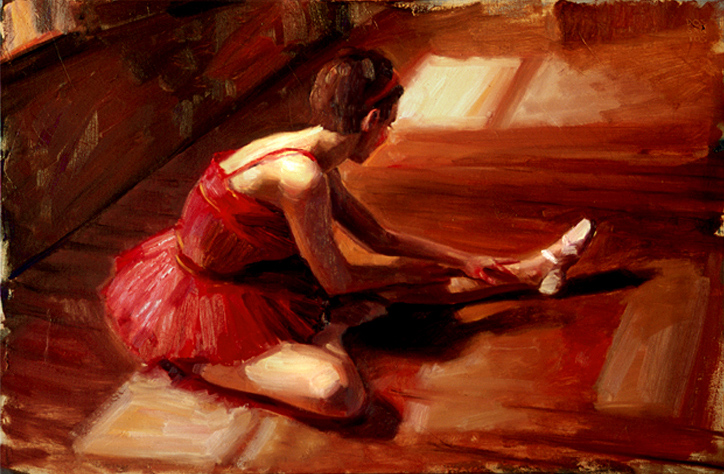
I always thought the most over-priced art sold was Leroy Neiman's art, especially the sports-related pieces of the 1970s, but people stood in lines to buy it (this was in Los Angeles). If I like a piece, I buy it, no matter the cost, unless I am REALLY on a budget, saving for something equivalent to 2 weeks in Europe at first-class hotels.
Hey Arnie, interesting details about the individual artists. It's not my intention to be critical, but, I think it was a bit of a missed opportunity not to actually go beyond the non-specific advice of “be realistic”, although it is a good point. Don't forget you can also make money from prints, ect. There's plenty of artists out there who have diversified into many areas and become entrepreneurs, take James Browne (http://www.jamesbrowne.net/), who has his work on in all sorts of formats. From a fine art perspective, I wrote a blog recently, about how I priced my work (http://davidwoodartist.blogspot.co.uk/2015/06/the-cost-of-art-for-artist-and-collector.html). It's certainly correct to be realistic, but at the same time, I know as regards my work, I certainly don't charge enough.
Also, I don't know if you have this in the US, but in the UK we have a system whereby any artwork sold at auction or privately, the artist also gets a cut; this is monitored by http://www.dacs.org.uk/
US artists might be aware, or like to know, of W.A.G.E (Working Artists and the Greater Ecomony) http://www.wageforwork.com/
We all need to feel valued for the work we do and change the social attitude that being an artist is a “real job”.
Thanks, David. Though this one just talks about the sale of originals, I have a future post covering the points you mention.
As for giving artists a cut of profits on the resale of art, it's not required in the U.S. unless there was a contractual agreement stipulating same when the works were first sold/purchased. Not that it hasn't been talked about over the years, but legally the sale of art is considered no differently than the sale of any other type of personal property (as long as it was lawfully obtained). There is no guarantee that a work will ever appreciate in value beyond the purchase price; as such, the “risk” that it might is borne only by the buyer and any subsequent profit years later is legally theirs alone. There have certainly been instances in which an owner has shared a windfall with an artist, but in the U.S. that is at the owner's discretion.
This might be seen as inflammatory, but when you enter that stratosphere where artworks sell for millions (often with the artist long dead, but at least they have historical value, I guess), it's no longer about what the artwork is “worth” – it's a playground for excessively rich fools to parade their wealth.
Without question collecting art or any kind is not a cheap exercise. While the million (or multi-million) dollar price tags are jaw-dropping, they're nothing unusual for the 1%. But at the same time, $3000 (something of a median price for a published work of genre art these days) is a LOT of money for a person of average means: such purchases are not entered into lightly by the buyer. Which is why the caveats of know the market and keep prices realistic are mentioned in the post.
And, of course, even though it might seem that the rich are flaunting their wealth with these purchases—and some most likely are—many artworks eventually wind up in public museums for the benefit of all. Which is always nice.
Thank you for giving posts and articles were very amazing. I really liked as a part of the article. With a nice and interesting topics. Has helped a lot of people who do not challenge things people should know. You need more publicize this because many people. Who know about it very few people know this. Success for you....!!!
Thanks Arnie this was really helpful!
Thanks Arnie this was really helpful!
The way I always saw it you have to have at least a decent amount of popularity, wait a few decades, die and then your work will be worth millions!
thx